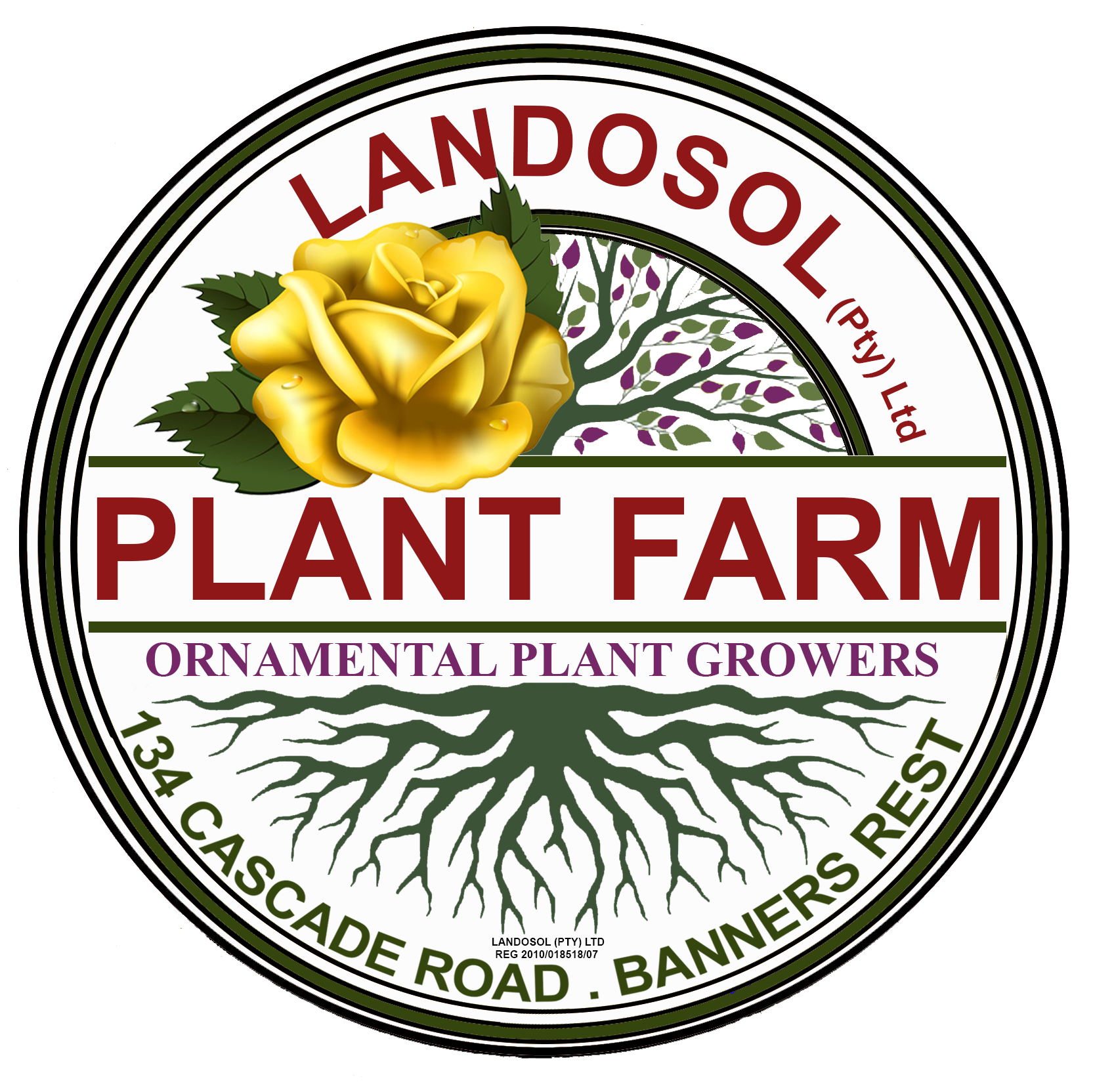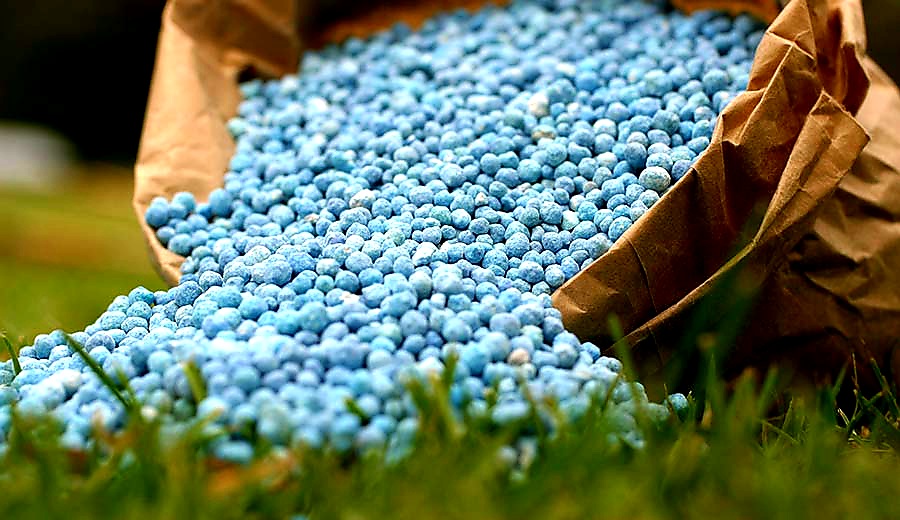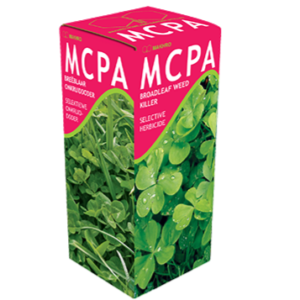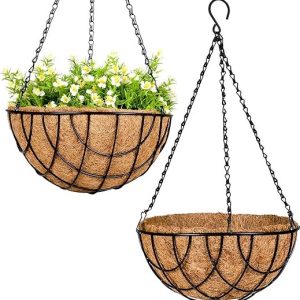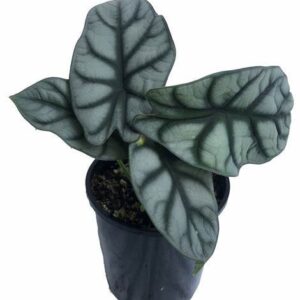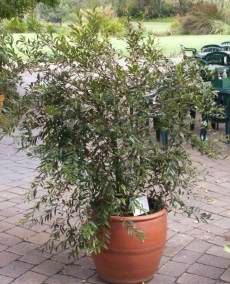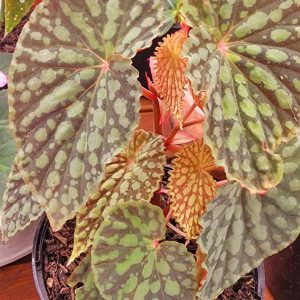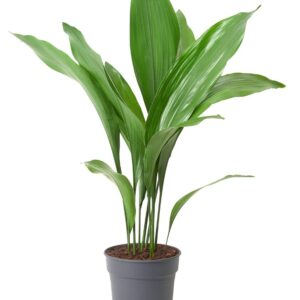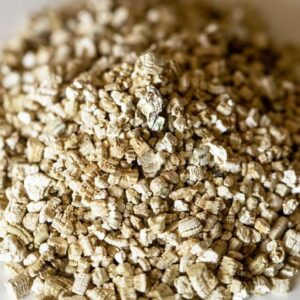Understanding fertilisers:
Understanding fertilisers:
Often I have been asked what is the best fertiliser to use. Unfortunate there is no easy answer to this, as the only way to select a fertiliser and grade that is right for you, is to have your soil tested. If you are like me, then you will simply grab something from the shelf that you think will do the job. But, fertilisers are sold in many forms, and you need to know what the differences are or you could have devastating results.
Therefore understanding the basics of fertilisers will at least give you an idea of what fertiliser to use, when to use it, and how to use it. The type of fertiliser you choose will therefore depend on the individual plant, what stage of growth it is in, how big it is, the season of the year and whether you see that it needs one particular nutrient or a general purpose product. It will help to know what the three different major nutrients do for plants.
Learning all this can become very technical and confusing…
But, understanding fertilisers can actually be as easy as 1-2-3.
SO, let’s simplify it….
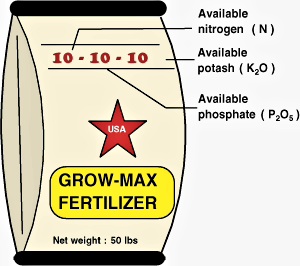 Three major nutrients that have been identified as absolutely necessary for plants are nitrogen (N), phosphorus (P) and potassium (K) - [potassium is also sometimes refered to as potash]. These three are also known as macronutrients, and are the source of the three numbers commonly found on fertiliser labels. The label numbers found on fertiliser labels, for example, 10-10-10 or 2-3-2 etc. We refer to these three numbers as the NPK – and these micronutrients are also represented in that order. The numbers is actually the percentage by package weight of the N, P, and K found in that specific fertiliser. E.g. should you buy a 10kg package of 2-3-2 fertiliser, then it basically means that out of the 10kg content of the package, you have 2% (N) – 3% (P) – 2% (K), or converted into volume, 200g nitrogen (N) – 300g phosphorus (P) - 200g potassium (K). The rest are made of other ingredients.
Three major nutrients that have been identified as absolutely necessary for plants are nitrogen (N), phosphorus (P) and potassium (K) - [potassium is also sometimes refered to as potash]. These three are also known as macronutrients, and are the source of the three numbers commonly found on fertiliser labels. The label numbers found on fertiliser labels, for example, 10-10-10 or 2-3-2 etc. We refer to these three numbers as the NPK – and these micronutrients are also represented in that order. The numbers is actually the percentage by package weight of the N, P, and K found in that specific fertiliser. E.g. should you buy a 10kg package of 2-3-2 fertiliser, then it basically means that out of the 10kg content of the package, you have 2% (N) – 3% (P) – 2% (K), or converted into volume, 200g nitrogen (N) – 300g phosphorus (P) - 200g potassium (K). The rest are made of other ingredients.
So what’s so important about nitrogen, phosphorus and potassium?
Following is a general description of each major nutrient.
• Nitrogen: This element promotes rapid green, leafy growth. Too much can cause a plant to grow too fast or not produce the part of the plant that you are growing it for. For example: too much on a tomato may cause the plant to grow lots of green leaves and few flowers, delay fruit set and attract insects such as aphids. The same is true of flowering and ornamental plants.
• Phosphorous: It stimulates early root growth and hastens blooming. Too much may be lost in the soil and wash into water ways.
• Potassium: Promotes general plant health and increases resistance to drought and disease. It also promotes the quality of flowers, fruits and seeds.
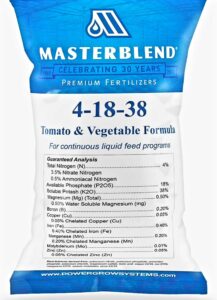
To summarise:
Nitrogen [N] – for Leaves.
Phosphorous [P] – for Roots.
Potassium [k] – for flowers, fruit & seeds.
Sometimes other major and minor nutrients are also listed with NPK’S on the labels. These could include:
• Calcium: Improves root formation and vigor, and helps regulate the uptake of other nutrients. A deficiency combined with insufficient water will result in blossom end rot of tomatoes.
• Magnesium: Aids in chlorophyll formation and phosphorus metabolism. Regulates the uptake of other nutrients.
• Sulfur: Imparts dark green color, stimulates seed production and formation of amino acids and vitamins.
• Micro Nutrients: These are all necessary in tiny amounts, they work with the other nutrients to provide a ‘balanced diet’ to all plants.
In most cases soil should contain a sufficient amount of these other major and minor nutrients, so for the purpose of this blog, we will focus on only the NPK’s.
Now that we know what the different nutrients do, lets look at the different types of fertilisers and their differences:
Commercial fertilizers:
These are made from synthetically derived materials, or are mined, and come in many different formulas depending on the suggested use of each product. There are many N, P, K combinations such as 16-16-16, 5-10-10 or 4-6-6 as examples. They come in dry, liquid or slow release forms. Dry or liquid products are fast acting and easily leached by rains. The slow release products are very good for our warmer coastal region due to the fact that they usually are made to be released when soil temperature is at about 21ºC. Each package should tell you if the product has any minor nutrients. All commercial nutrients are available as single products. There are many combinations made for specific uses such as lawn, rhododendron, roses, or vegetable ‘food’. When using commercial fertilisers, more is not better, make sure not to over fertilise. The package should tell you how much to use by the square meter or volume.
• Organic fertilizers:
The word ‘organic’ refers only to things that are derived or harvested from once living plants or animals. They generally have lower N, P, K values than commercial products. Dry types, like bone meal, are slow acting, however they will need warmer summer temperatures to break down, but feed your plants over a longer period of time.
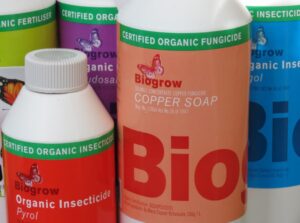
• Liquid fertilizers:
These can be either commercial or organic, and may be high or low in nutrient values. These are very fast acting and will give plants a quick boost. They are especially useful when the soil is cold since dry organic products may not break down and become useful to plants until the soil warms. This is the time when liquids become especially valuable. Liquids are also best when you are starting seeds or growing seedlings and for house plants. Liquids are very valuable in mid-season when plants need a quick boost and digging in more dry fertilizer doesn’t work quickly.
• Compost:
For our purposes compost is organic matter that has been processed to create a useful product to enriches soil, helping retain moisture and suppress plant diseases and pests. Good quality compost need to be weed free and encourages the production of beneficial bacteria and fungi that break down organic matter to create humus, a rich nutrient-filled material. Compost is more difficult to quantify, since nutrient values are unknown. When it comes to choosing which compost to buy, this is where your get what you pay for; the better quality the compost, the higher the price is likely to be.
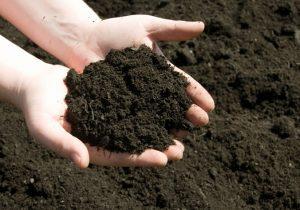
To conclude, lets try to put all this information into perspective:
But first, please keep in mind that this is only a rule of thumb to simplify the understanding of how fertilisers work. It is not an exact science and there are many other factors that may need to be taken into consideration. Factors such as soil temperature, PH, specific needs for a particular plant etc.
That said, let’s look at examples:
IF your focus is in leaves or root development, e.g. tomato seedlings, then you will opt for a fertiliser high in nitrogen and phosphorus. As that tomato grows you will decrease the nitrogen and increase the phosphorus and especially the potassium levels to promote roots further, but also to produce quality flower and fruit development. Same applies to most other fruiting vegetables (and some flowers); where you wish to have less leaves and more, better quality fruit. For lawns or leavy vegetables, e.g. spinach your focus will mainly be to develop large healthy leave. Here you will rather opt for a fertiliser high in nitrogen. E.g 3-2-1. or 4.1.1.
Another example - Roses: here you should promote both new growth and flowers by giving your roses a fertiliser high in both nitrogen and potassium. E.g. 8-1-8 or Prescription Mix .
Whenever you are in doubt, rather settle for a general fertiliser with a NPK such as 2-3-2.
